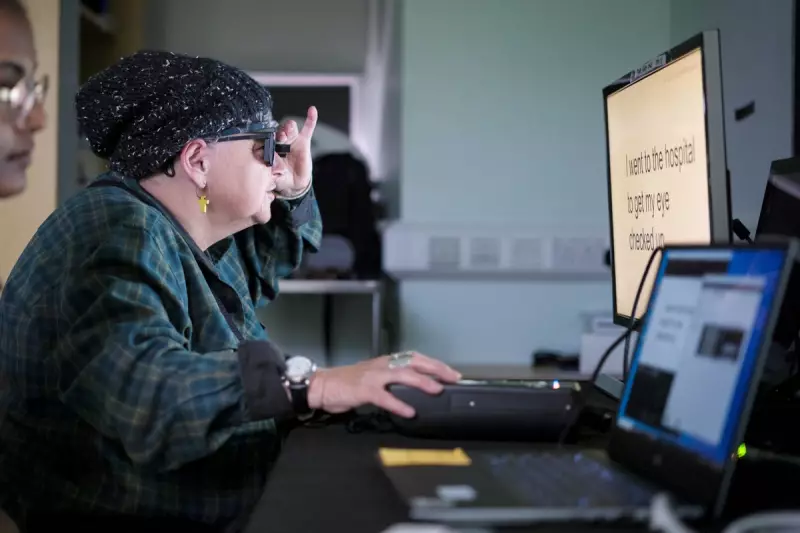
In a remarkable medical breakthrough that reads like science fiction, British patients suffering from age-related macular degeneration (AMD) have had their sight restored through a pioneering bionic chip implant. The revolutionary Prima device has demonstrated extraordinary success in clinical trials, offering new hope to millions affected by this devastating condition.
How the Vision-Restoring Technology Works
The cutting-edge treatment involves implanting a tiny 2mm-wide microchip directly into the retina. This innovative device acts as an artificial photoreceptor, effectively replacing the light-sensing cells that become damaged in AMD patients.
The implant process is remarkably sophisticated:
- A wireless microchip containing 378 electrodes is surgically placed beneath the retina
- Specialised glasses equipped with a mini-camera capture visual information
- This data is processed and wirelessly transmitted to the implanted chip
- The chip then stimulates retinal cells to create artificial vision
Life-Changing Results for Patients
The clinical trial results have been nothing short of transformative. Patients who had lost their central vision to AMD's 'dry' form – the most common type that currently has no treatment – have experienced dramatic improvements.
One participant, who had been unable to read for years, can now see the time on a clock and read several sentences. Another patient has regained the ability to recognise faces, a milestone that significantly improves quality of life.
"The results have surpassed our expectations," reported lead researchers. "Patients are achieving visual acuity that allows them to perform tasks they haven't been able to do in years."
A New Era for AMD Treatment
Age-related macular degeneration affects over 700,000 people in the UK alone and represents the leading cause of severe vision loss in developed countries. Until now, treatment options have been extremely limited, particularly for the dry form of the disease.
This groundbreaking technology represents a paradigm shift in how we approach vision restoration. Unlike previous methods that aimed to slow disease progression, the Prima implant actively restores functional vision.
What This Means for Future Patients
The success of the UK trial positions this technology as a potential game-changer in ophthalmology. Researchers are now working to make the treatment more widely available and exploring applications for other forms of vision loss.
Key advantages of this approach include:
- Minimally invasive surgical procedure
- Wireless functionality eliminating the need for external connections
- Potential for treating various retinal conditions
- Continuous improvement as technology advances
As research continues, this bionic vision technology promises to redefine what's possible in treating blindness and severe visual impairment, offering renewed independence and quality of life for countless individuals worldwide.





